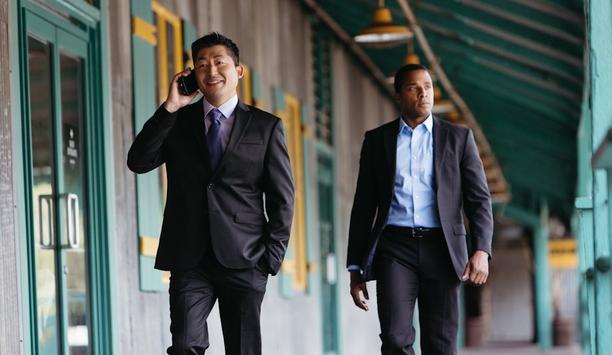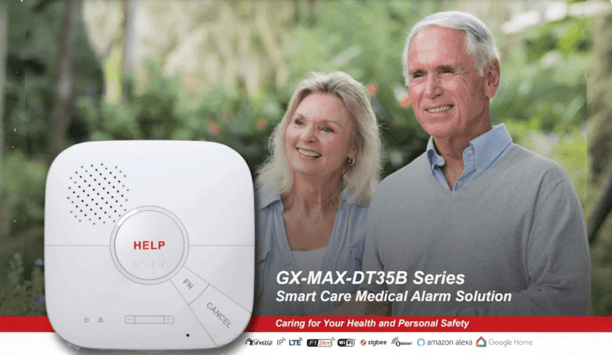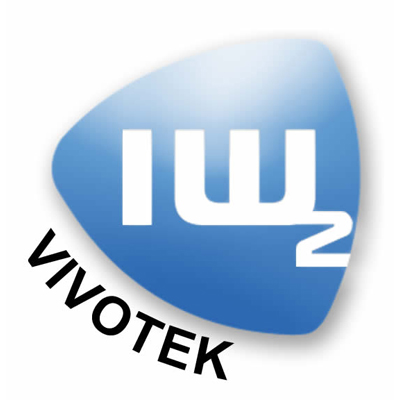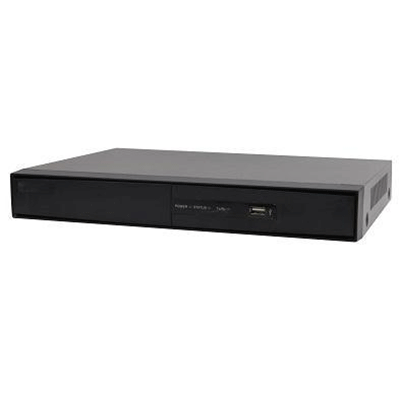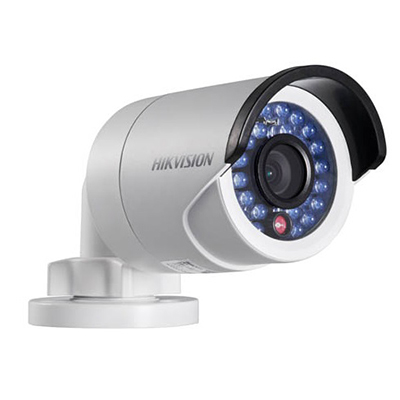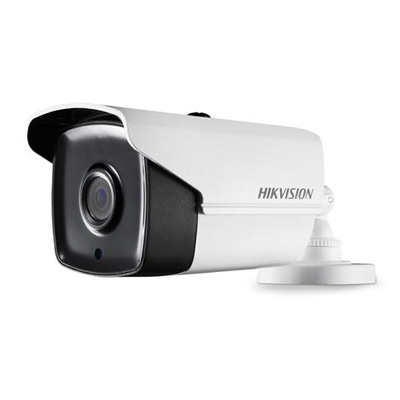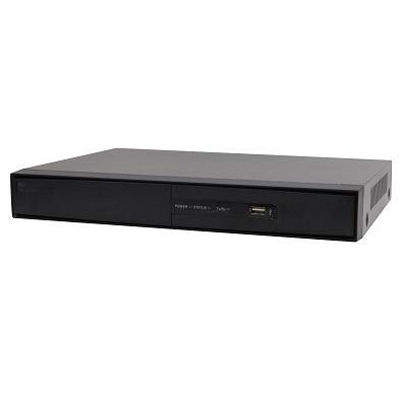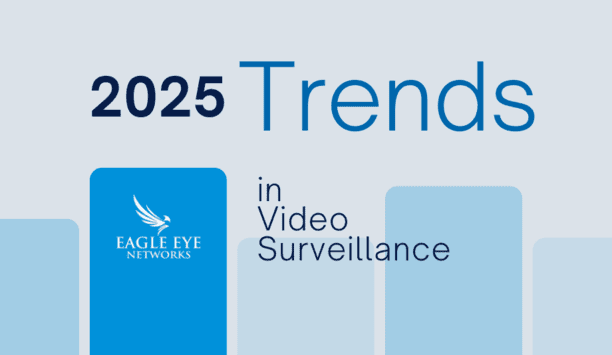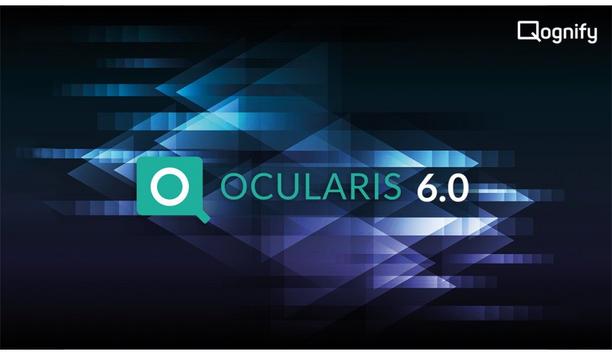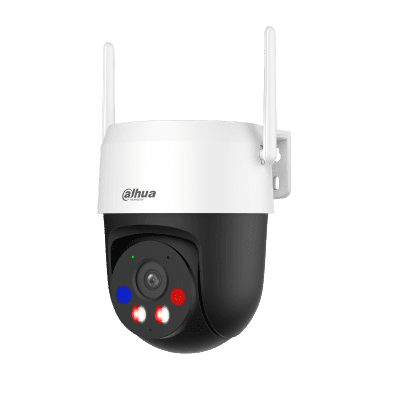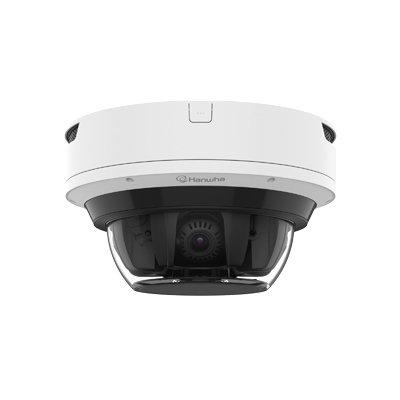Technology has always stepped in to shorten distances between individuals. Whether through using electronic communications, such as email or video messaging, it has united people across different geographical locations and circumstances.
Recent events have presented a unique challenge, where the ability to observe people and events in person has been restricted. This has had a knock-on effect on a variety of sectors, including healthcare, sports and education.
Broadcast cameras have offered a much-needed solution, by providing an objective method of viewing and recording events remotely. This article will outline the different ways that broadcast cameras can assist in doing this across a range of use cases.
Teaching the teachers
Remote learning has become a firm fixture of education systems due to current restrictions around social distancing. However, even before the pandemic, education authorities were looking for ways to improve how teachers are trained.
Lesson observation has been a firm staple of the process, but the presence of an assessor in the classroom could affect behaviours, leading to a result that was non-representative. Solutions that can monitor classrooms remotely prove more effective, especially if they provide the option for playback.
The University of Regensburg faced this challenge with lesson observation and chose a system using broadcast cameras to either livestream the images or record them for later viewing. As a result, observers could view the footage remotely in real-time and share insights directly with the teacher to help improve their training.
Training in healthcare
Broadcast cameras could be used to live stream doctor’s rounds to remote locations, without risking the patient or students In addition to teacher training, medical universities have had to adapt the way they deliver the curriculum to support remote learning for medical students. In the past, students would typically follow doctors on rounds to discuss patient conditions, treatment and potential outcomes.
This was an essential part of their education, as it demonstrated practical and real-life applications of the theory they were taught. However, this could not happen in the same capacity due to social distancing and hygiene restrictions.
In this case, broadcast cameras could be used to live stream doctor’s rounds to remote locations, without increased risk to the patient or students.
Remote patient monitoring
Within the healthcare facility, patient monitoring is a critical part of providing high standards of care and treatment. Patient conditions can change quickly and monitoring enables medical professionals to intervene, potentially improving outcomes.
In situations where personal protective equipment conservation and minimizing viral spread is a top priority, broadcast cameras can be used to remotely monitor patient vitals. Broadcast cameras from Axis offer extreme PTZ/resolution capabilities which are essential for patient monitoring situations.
There is also an associated cost-benefit, as the investment needed for the hardware is minimal compared to other medical supplies or resources.
Sports analysis software
As proven by the two previous sector use cases, observation is a key part of assessing performance. For any sports discipline – whether it’s individual or group activities, improving performance relies on the ability to accurately analyse past games and training sessions. Using this information, decisions can be made to tweak and update the approach, informed by solid feedback.
This was particularly true for track and field athletes, who constantly analysed their movements to achieve results. Historically, they recorded their motion using handheld cameras, but this method came with limitations, such as filming angles, starting and stopping recordings and changing memory cards.
Working with Spiideo, an Axis partner providing sports analysis software, teams were able to use broadcast cameras mounted in the stadium to record training sessions and analyse them afterward on a mobile device.
Security and entertainment in stadiums
Cameras continuously monitor areas within the venue for intruders, mischievous and illegal behaviour Safety and comfort are key to enjoying sporting activities and security at stadiums is a high priority. In fact, it is a legal requirement for venues to have an effective solution in place and networked cameras play a critical role.
These solutions must continuously monitor areas within the venue for intruders, mischievous and illegal behaviour, allowing security teams to quickly intervene if necessary. In Slovakia, all first league stadiums are required to operate a permanent specified camera system, which continuously monitors the individual visitor sections, stadium access gates and entrances and all the public areas inside the stadium.
Spartak Myjava Stadium were looking for a solution that complied with legal regulations and secured the premises. In addition to providing high-quality video surveillance, the venue operators also discovered that they could use the footage to replay views of the game.
Installed broadcast cameras
Calling a foul can be one of the most controversial decisions, sometimes affecting the final score. Players and fans often argue with the referee’s decisions, but eyewitness accounts can be incorrect due to the speed or an event of position of the observer.
An independent account of the incident helps to determine whether the referee’s decision was justified. This can be especially tricky for fast-paced games such as hockey. The Ontario Hockey League already used cameras to confirm goals and penalties, but found that these lacked the resolution they needed.
They installed broadcast cameras from Axis directed at the nets and another camera directed at the clock. This allowed officials to zoom in frame-by-frame on the video, improving their confidence in referees’ calls and enabled them to quickly make decisions regarding outcomes.
Looking to the future
The ability to broadcast, record and replay events will continue to be important across a range of sectors. This is especially true for healthcare, education and sports, as social distancing guidelines and hygiene concerns prevent close contact and the gathering of crowds.
Technology will have an increasing role in virtually closing this distance and there is an opportunity for more use cases to emerge in other sectors, such as transportation and critical infrastructure.
Broadcast cameras will prove to be a key part of this, due to the ability to produce high-resolution images in real-time, which will be a critical component to maintaining and enabling processes now and in the future.





